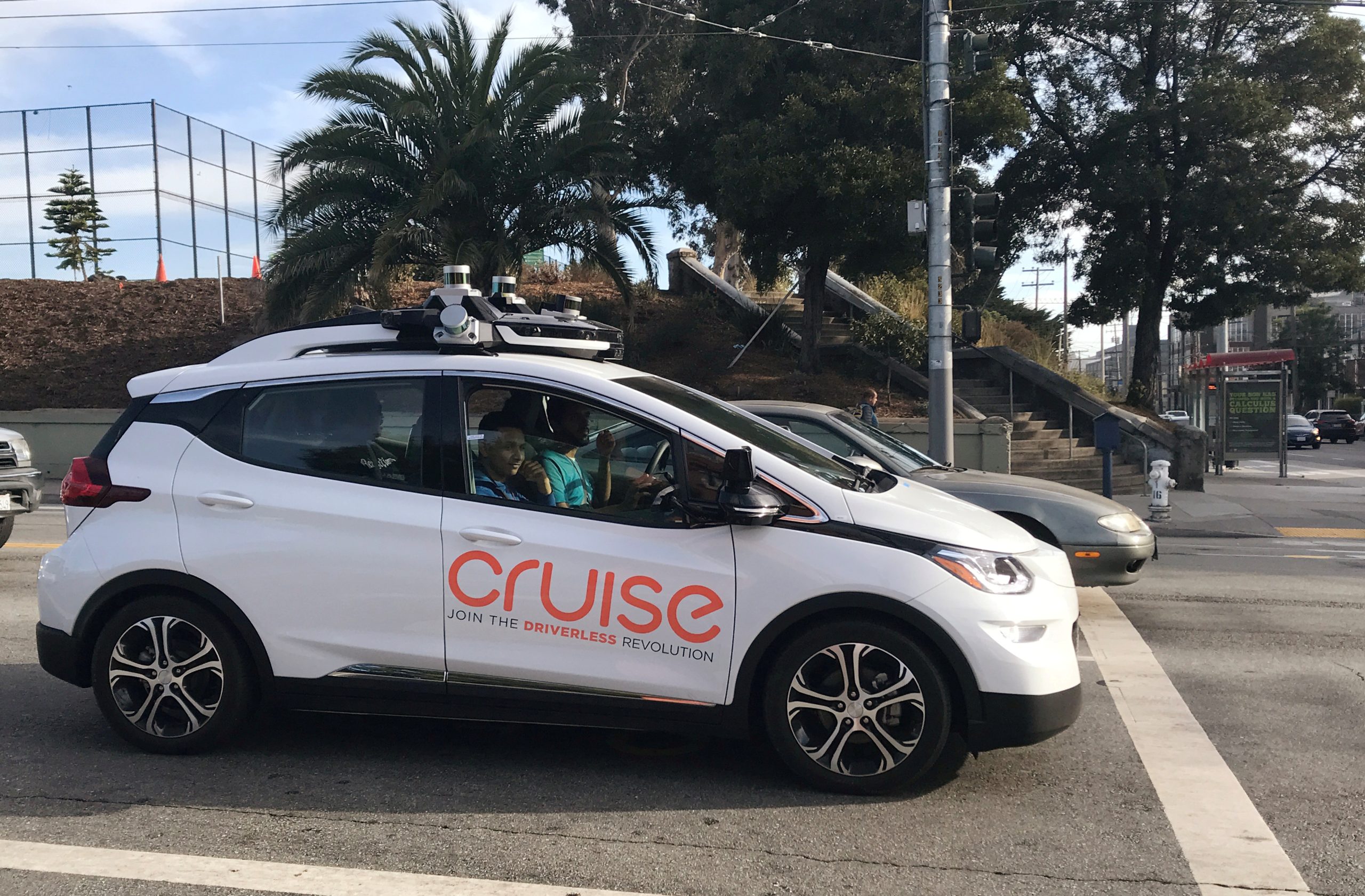
[elfsight_social_share_buttons id=”1″]
General Motors’ startup unit Cruise LLC said Thursday it had recalled and updated software in 80 self-driving vehicles after a June crash in San Francisco that left two people injured.
Federal regulators said the recalled software could “incorrectly predict” an oncoming vehicle’s path. Cruise said it had determined this unusual scenario would not recur after the software update.
The National Highway Traffic Safety Administration (NHTSA) has stepped up its scrutiny of advanced driver assistance systems and autonomous vehicle systems in recent months. Last year, it directed all automakers and tech companies to promptly report crashes involving self-driving vehicles.
NHTSA said the recalled Cruise software could “in certain circumstances when making an unprotected left, cause the (autonomous driving system) to incorrectly predict another vehicle’s path or be insufficiently reactive to the sudden path change of a road user.”
Cruise disclosed Thursday that after the June 3 crash in San Francisco, it temporarily prevented its vehicles from making unprotected left turns and reduced the area in which its vehicles could operate.
After the software update on July 6, Cruise said it had gradually reintroduced unprotected left turns, which refers to turning left at an intersection with a solid green light that directs all traffic, rather than a designated green arrow just for turning vehicles.
Cruise emphasized in a statement Thursday all vehicles had software updates and the recall “does not impact or change our current on-road operations.”
The company added “Cruise AVs are even better equipped to prevent this singular, exceptional event.”
NHTSA said “an improper (Automated Driving Systems) response can increase the risk of a crash.”
The agency said last month it had opened a special investigation into the Cruise crash.
Cruise said NHTSA “suggested that the appropriate mechanism for disseminating this information” about the update was for Cruise to file a recall notice.
In rare circumstances, Cruise said the software caused the autonomous vehicle to hard brake while performing an unprotected left turn that it deemed necessary to avoid a severe front-end collision.
The self-driving vehicle “had to decide between two different risk scenarios and chose the one with the least potential for a serious collision at the time, before the oncoming vehicle’s sudden change of direction,” Cruise said.
Cruise also noted a police report found the party most at fault for the June crash was the other vehicle, which was traveling at 40 miles per hour in a 25-mile zone.
In March, startup technology firm Pony.ai agreed to recall some versions of its autonomous driving system software, after an October crash in California, that had been used in three vehicles.
NHTSA said at the time it was the “first recall of an automated driving system.”
In June, Cruise said it had started charging fares for driverless rides in San Francisco, after it became the first company to secure a permit to charge for self-driving car rides in the U.S. city, having overcome objections by local officials.
GM and Cruise in February disclosed they petitioned NHTSA for permission to deploy self-driving vehicles without steering wheels, mirrors, turn signals, or windshield wipers. Last month, NHTSA said it would extend a public comment period on the request.
Copyright 2022 Thomson/Reuters
